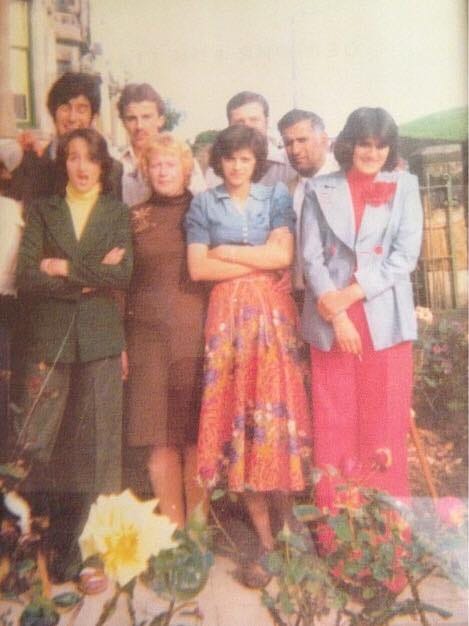Southerner For Miscegenation
The Denver Star (Source: Chronicling America: Historic American Newspapers)
Denver, Colorado
Saturday, 1913-07-05
page 1, columns 1-2

(New York Age.)
Prof. H. E. Jordan, a Southern white man, of the University of Virginia, advances an opinion which means that miscegenation will be the ultimate solution of the Negro problem. He makes the assertion in an article in The Popular Science Monthly for June in which occurs the remarkable statement that the mulatto is the leaven with which to lift the Negro race.
Prof. Jordan does not hold to the commonly accepted accepted opinion that half-breeds are inferior to the race of either parent. On the contrary he thinks that the half-breed is usually a better and more useful citizen than the man of pure race.
He believes that the solution of the Negro problem is facilitated instead of complicated by the presence of the mulatto, and claims that the breed has been proved most effective in some other lands notably in the English island colony of Jamaica. In Jamaica there are about 50,000 mulattoes in a population of 700,000, and it is noted he says, that the mulattoes contribute the artisans, the teachers, the business and professional men. “They are the very backbone of wonderful Jamaica.”
There Will Be More Mulattoes.
There are now two million mulattoes in-the United States and there will be more, says Prof. Jordan, if statements are worth anything, He claims that the prevalence of defective half-breeds is due to mating of inferior types of the black and white races but that a Negro-white cross does not inherently mean degeneracy.
Discussing this phase of the question, he says:
“I admit the general inferiority of the black-white offspring. Defective half-breeds are too prevalent and obtruding to permit denying the apparently predetermined result of such crosses. But I emphatically deny that the result is inherent in the simple fact of cross breeding. There are not a few very striking exceptions among my own acquaintances. Absolutely the best mulatto family I have ever known traces its ancestry back on both the maternal and paternal side to high grade white grandfathers and pure type Negro grandmothers. The reason for the frequently inferior product of such crosses is that the better elements of both races under ordinal conditions of easy mating with their own type feel an instinctive repugnance to intermarriage. Under these usual circumstances a white man who stoops to mating with a colored woman or a colored woman who will accept a white man, are already of quite inferior type. One would not expect inferior offspring from such parents if it concerned horses or dogs.
Why should we expect the biologically impossible in the case of man? If the parents are of good type, so will be the offspring. And even with the handicap of frequently degraded white ancestry, the mulatto of our country forms the most intelligent and potentially useful element of our colored population.
Negro-White Cross Does Note Mean Degeneracy.
The fact, then, is established beyond all possibility of disproof, it seems to me that a Negro-white cross does not inherently mean degeneracy; and that the mulatto, measured by present day standards of Caucasian civilization, from economic and civic standpoints, is an advantage upon a pure Negro. In further support of the potency of even a relative remote white ancestor may be cited the almost unique instance of the Moses of the colored race, Booker T. Washington. As one mingles day by day with colored people of all grades and shades one is impressed with the significance of even small admixtures of Caucasian blood. What elements of hope or menace lie hidden in these mulatto millions? How can they help to solve or confuse the ‘problem’?”
Prof. Jordan asserts that the Negro cannot undergo mental development beyond a certain maximum, and that it is possible to approximate a “pure” mulatto race combining the best elements of black and white. We can approach it, he holds, by education and the fostering of Negro racial pride. He says further:
“The point seems clear that in the presence of 2,000,000 mulattoes, steadily increasing in number, we have a key to the solution of our problem, The mulatto is the leaven with which to lift the Negro race. He serves as our best lever for Negro elevation.”
The mulatto does not feel the instinctive mental nausea to Negro mating. He might even be made to feel a sacred mission in this respect. Possibility of marriage with mulatto would be a very real incentive to serious efforts for development on the part of the Negro. The logical conclusion may follow in the course of the ages. At any rate, from present indications our hope lies in the mulatto.
A wise statesmanship and rational patriotism will make every effort to conserve him, and imbue him with his mission in the interests of brotherhood of a better man. The problem seems possible of solution only as the mulatto will undertake it, with the earnest help of the white.







